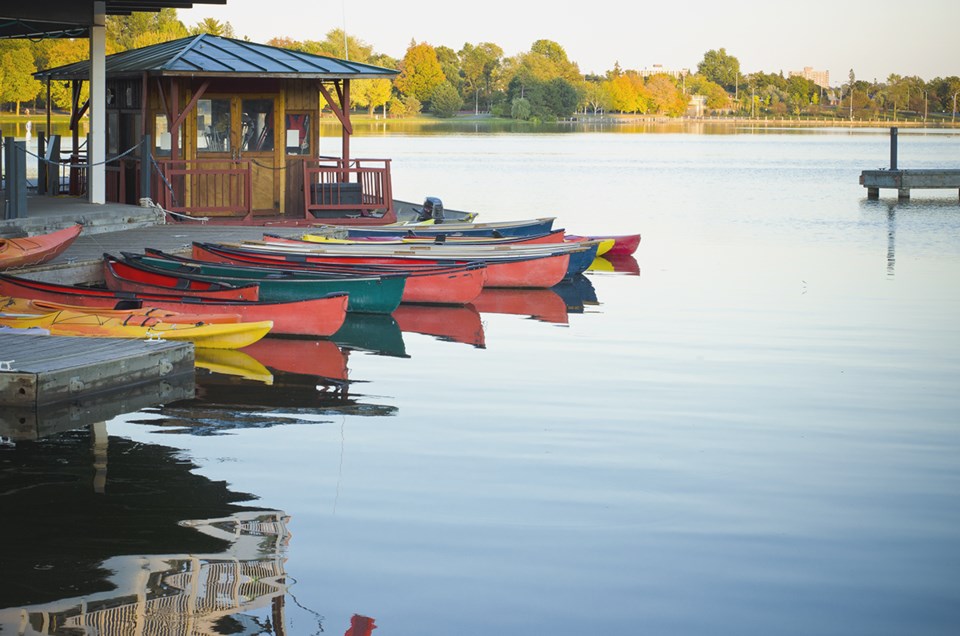 It was exactly 100 years ago, in 1920, that Sarnia held its first art exhibition.
It was exactly 100 years ago, in 1920, that Sarnia held its first art exhibition.
Among the works on display at the old Carnegie library, in what was then Victoria Park, were paintings by Tom Thomson and other artists who went on to fame as Canada’s “Group of Seven.”
Art-lovers attending that exhibition may have been aware that Tom Thomson had died on Canoe Lake in Algonquin Park three years earlier.
But those attending the event hosted by well-known Sarnians Sadie Knowles and Norman Gurd would likely have been astonished to know the circumstances surrounding Thomson’s death would remain controversial a century later.
The Third Battle of Ypres had just begun on the Western Front in Belgium during the Great War on the day 39-year-old Tom Thomson died – July 8, 1917.
He had been seen at midday as he set out on a fishing trip alone by canoe. Later that afternoon, his empty canoe was spotted on the lake – empty except for a gallon of maple syrup, some jam and a rubber sheet.
His body surfaced in Canoe Lake eight days later.

Thomson was familiar with Algonquin Park. He had worked there as a fire ranger and fishing guide, and had painted in the Park for years. He had been to Canoe Lake several times before.
For the past 100 years, debate surrounding Thomson’s death has raged over the question of whether he died of an accident, suicide – or was a victim of foul play.
Fans of the accident theory point to dangerous logs and stumps lurking below the surface of Canoe Lake that might have overturned Thomson’s canoe.
Proponents of the suicide theory have suggested Thomson was despondent over a pregnant girlfriend.
Far more numerous are the theories about Thomson’s supposed murder – by poachers in the Park, by army deserters, or by those hiding from the law. It has been suggested that trains crossing the Park carrying troops or war supplies might have attracted spies or saboteurs, and that they may have killed Thomson to protect their anonymity.
Even the location of Thomson’s remains has stirred controversy. He was buried in the Park the day after his body was discovered, but his family had his body exhumed the following day and re-interred in a cemetery near Owen Sound.
Others believe a discredited theory that a body found near Canoe Lake in the 1950s with a bullet in the skull was actually Thomson.
Today, Tom Thomson paintings sell for as much as a million dollars – a value that may be aided by the continuing notoriety of his unfortunate and much-too-early passing.
Got an interesting tale? Contact columnist Phil Egan at [email protected]
